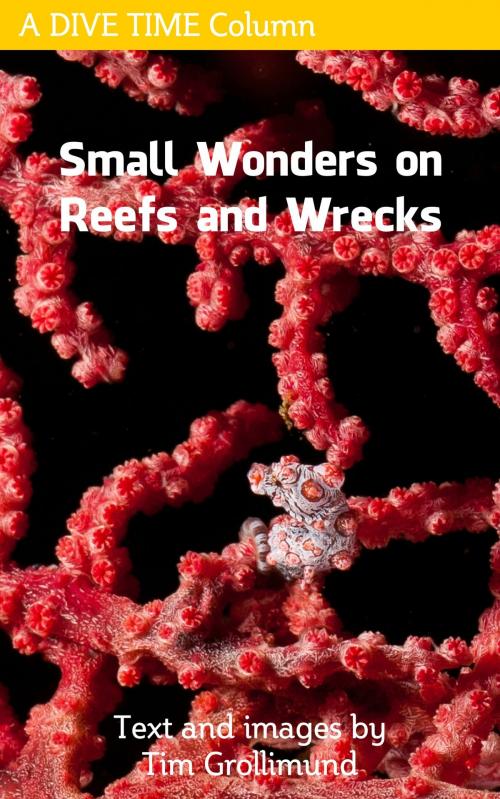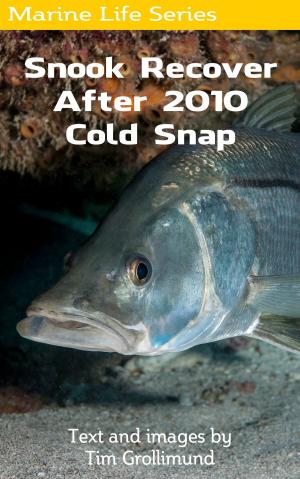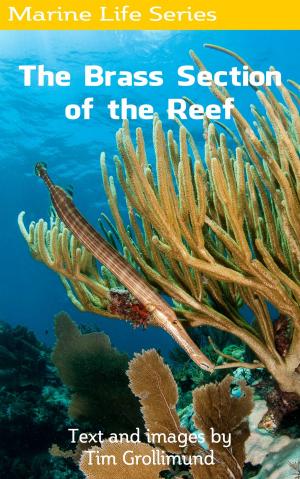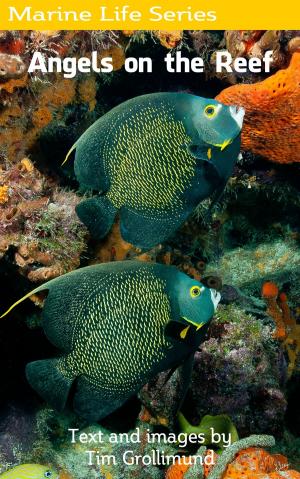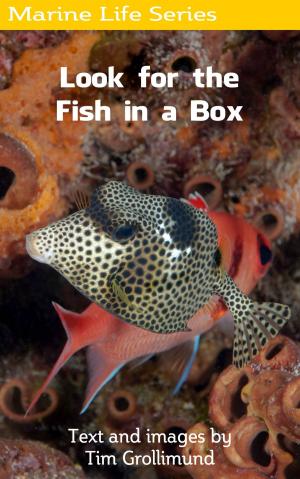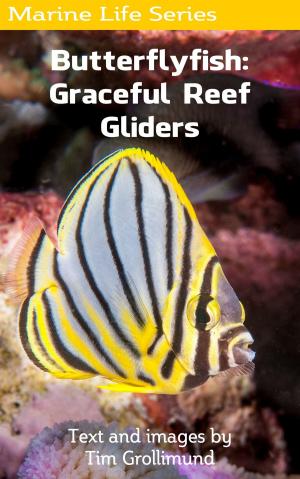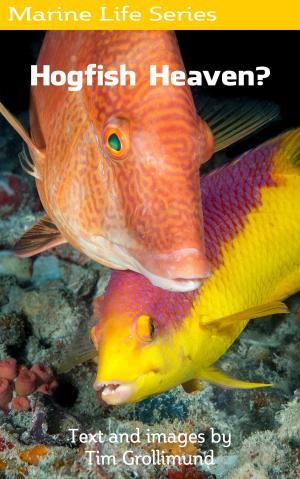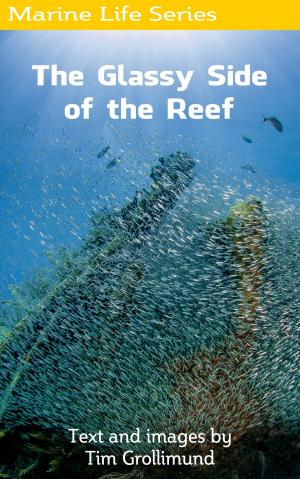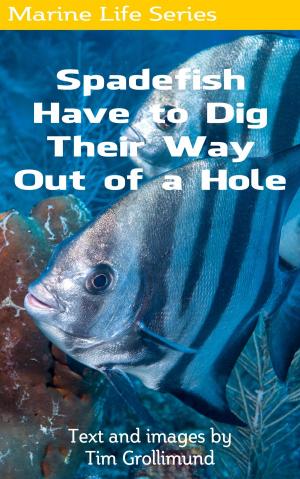| Author: | Tim Grollimund | ISBN: | 9781370648870 |
| Publisher: | Tim Grollimund | Publication: | April 2, 2017 |
| Imprint: | Smashwords Edition | Language: | English |
| Author: | Tim Grollimund |
| ISBN: | 9781370648870 |
| Publisher: | Tim Grollimund |
| Publication: | April 2, 2017 |
| Imprint: | Smashwords Edition |
| Language: | English |
Today’s thoughts are primarily for all the folks I see with compact camera systems on dive boats. If you are new to underwater photography, I applaud your entry into the submerged imaging realm. It’s your efforts shooting photos that help spread the wonder, beauty and splendor of the ocean treasures found on the reefs and wrecks. Sending your photos to folks or posting on social networks are great ways to show ocean life to those who do not take the plunge. And going forward I am hopeful all of you will help preserve and protect that which you strive to show your friends and family. Sending your photos, doing a little volunteer work, or supporting a cause that fits your passion are all important to disseminating knowledge about the sea. Your time, stories and photos are important. When I jump in the water with a particular camera set up, I have certain things in mind I want to shoot. And it seems that on some days I find what I’m looking for, and some days I have difficulty finding the right animal for the set up I have. But there are some things that are always on the wrecks and reefs. The small stuff. If you are just starting out with a compact camera system, more than likely you will get better results shooting macro photography. Once you are comfortable with macro, then try wide angle. But set yourself up for success by practicing and mastering macro first. And remember this: if you think you are close enough to your subject, get closer. And use a strobe light.
Today’s thoughts are primarily for all the folks I see with compact camera systems on dive boats. If you are new to underwater photography, I applaud your entry into the submerged imaging realm. It’s your efforts shooting photos that help spread the wonder, beauty and splendor of the ocean treasures found on the reefs and wrecks. Sending your photos to folks or posting on social networks are great ways to show ocean life to those who do not take the plunge. And going forward I am hopeful all of you will help preserve and protect that which you strive to show your friends and family. Sending your photos, doing a little volunteer work, or supporting a cause that fits your passion are all important to disseminating knowledge about the sea. Your time, stories and photos are important. When I jump in the water with a particular camera set up, I have certain things in mind I want to shoot. And it seems that on some days I find what I’m looking for, and some days I have difficulty finding the right animal for the set up I have. But there are some things that are always on the wrecks and reefs. The small stuff. If you are just starting out with a compact camera system, more than likely you will get better results shooting macro photography. Once you are comfortable with macro, then try wide angle. But set yourself up for success by practicing and mastering macro first. And remember this: if you think you are close enough to your subject, get closer. And use a strobe light.
